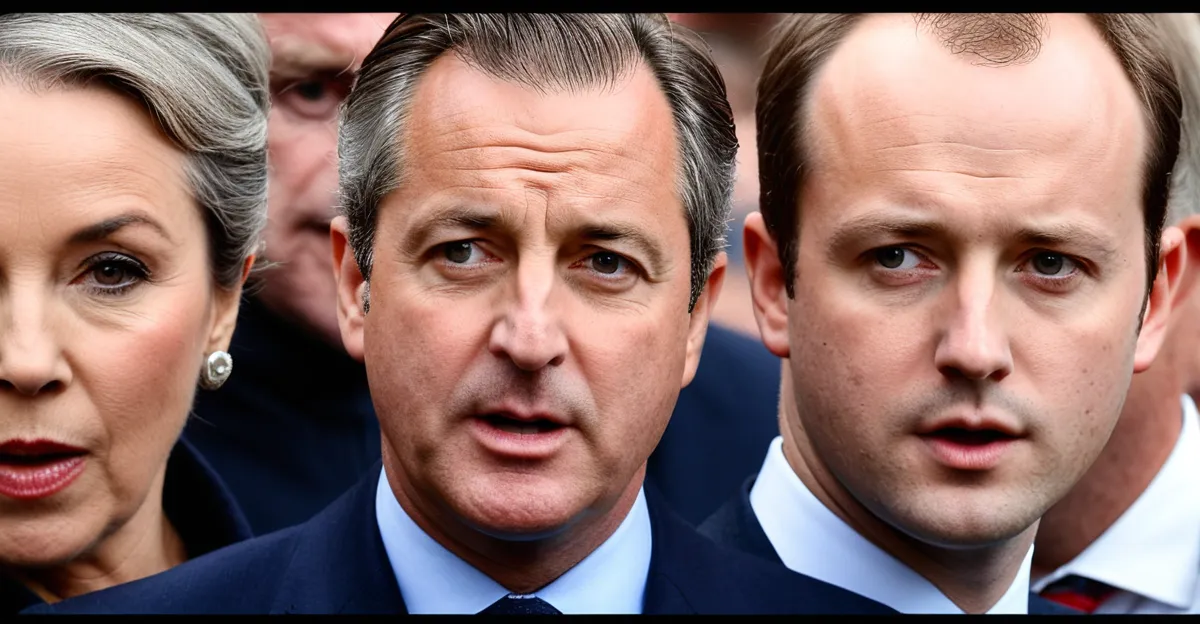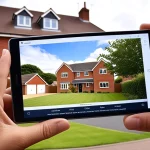Media Functions in Shaping Public Opinion
Media plays a crucial role in shaping public opinion, especially within British politics. Its core functions in political discourse include providing information, interpreting events, and influencing public perceptions through selective emphasis and framing. By disseminating information, media outlets affect how citizens perceive political actors and issues, often guiding the public’s priorities on what topics are most important.
One key mechanism is the agenda-setting function, where the media determines which political topics receive prominence and how issues are highlighted. For example, British media coverage can elevate specific political debates or policy concerns, indirectly shaping what the public discusses and values. This is closely tied to the framing effect, whereby media outlets present information in a manner that influences interpretation — framing political events positively or negatively can steer public sentiment.
Also to see : What impact is AI having on UK newsrooms?
Media influence extends beyond mere reporting; it actively contributes to constructing political realities. The framing and agenda-setting functions interact: news stories are chosen and framed to emphasize certain perspectives, which in turn shape political narratives. In British politics, these dynamics are evident in how the media covers election campaigns or key policy decisions, thereby shaping public opinion in measurable ways.
Understanding the media role reveals its power not only to inform but also to shape the interpretative lenses through which political information is viewed. This influence affects voter behavior, political engagement, and broader societal attitudes, making media a central actor in the democratic process.
Also to discover : What Are the Most Effective Strategies for Enhancing Media Literacy in the UK?
Historical and Contemporary Examples in British Politics
Media influence has been pivotal in shaping public opinion during many historical examples within British politics. One notable case is the media coverage of the World Wars, where newspapers and radio broadcasts worked to bolster public morale and support for government policies. These early 20th-century instances demonstrated how the media role extended beyond reporting to shaping national sentiment during critical times.
In more contemporary examples, the Brexit referendum stands out as a powerful illustration of media influence. British newspapers and broadcasters were instrumental in framing the Brexit debate, often polarizing public opinion through selective emphasis on economic and sovereignty issues. The agenda-setting function was evident as media outlets prioritized Brexit coverage, fundamentally shaping political discourse and voter perceptions during the campaign.
Similarly, UK general elections reveal the media’s role in influencing public opinion by carefully framing party platforms and political actors. Coverage often emphasizes scandals, leadership qualities, or policy differences, thus guiding voter priorities. This media role impacts electoral outcomes by framing narratives that resonate with public concerns or anxieties. Broadcasters such as the BBC, alongside influential newspapers, play a central part in this process by both informing and shaping election debates.
These examples collectively highlight how media influence in British politics operates not just through disseminating facts but by shaping political narratives. Understanding these moments shows the media’s power to direct public attention and interpretation during key political events.
Media Bias and Its Effects
Media bias is a significant factor in understanding media influence within British politics. It refers to the partiality or slant that media outlets may exhibit in their reporting, often reflecting political preferences or ideological leanings. Types of reporting bias include selection bias, where certain stories are emphasized over others; tone bias, which colors coverage positively or negatively; and omission bias, leaving out critical information. In British media, these biases can shape public opinion by presenting political events through a narrow lens, thus affecting the democratic process.
The press influence stemming from bias can deepen political polarisation. When media outlets consistently favor specific parties or policies, audiences may develop entrenched views aligned with that bias, increasing societal divisions. This effect is particularly evident during major political events like elections or referendums, where biased coverage can skew voter perceptions and priorities.
Examples of bias have been noted among major UK media organizations. For instance, some newspapers historically endorse certain political parties, influencing their framing of issues to favor those parties. Broadcast media also face accusations of subtle bias through story selection and commentary framing. Such slants can impact public opinion by reinforcing partisan identities rather than fostering objective understanding.
Understanding the dynamics of media bias exposes its powerful role in the political landscape. It highlights the necessity for critical media consumption and awareness of potential distortions in coverage that shape political divides within British society.
Social Media vs Traditional Media Influence
Social media influence in British politics has grown dramatically, complementing and sometimes challenging the role of traditional media. Unlike traditional media, which typically involves editorial gatekeeping and scheduled broadcasting, digital platforms allow instant communication, greater interactivity, and user-generated content. This shift has transformed how political narratives are shaped and how public opinion is formed.
Traditional media outlets continue to play a significant media role by providing structured, comprehensive coverage through newspapers, television, and radio. Their agenda-setting and framing effects remain influential, especially during major political events like elections and referendums. Yet, social media platforms such as Twitter and Facebook enable rapid dissemination and amplification of political messages, often bypassing conventional editorial controls. This can accelerate public opinion shifts, spreading both factual information and misinformation with unprecedented speed.
The interplay between social media influence and traditional media creates a complex environment for shaping public opinion in British politics. Digital platforms have democratized participation, allowing diverse voices and grassroots movements to challenge established narratives. However, this also amplifies risks associated with echo chambers and polarisation. As a result, political engagement increasingly depends on navigating both social media and traditional outlets, each wielding distinct forms of press influence and shaping public perceptions in British politics.
Research, Theories, and Expert Commentary
The agenda-setting theory is foundational in understanding how media influence operates within British politics. This theory suggests that the media does not tell people what to think but rather what to think about. In practice, British media outlets prioritize certain political issues, which elevates their public salience. For instance, during UK elections or referendums, agenda-setting shapes voter attention by emphasizing specific policy debates or political controversies over others, thus guiding the public agenda.
Closely related is the framing effect, which encompasses how information is presented to influence interpretation. In British media coverage, framing affects public perception by highlighting particular aspects of political events while omitting or downplaying others. For example, framing Brexit either as an economic risk or a sovereignty gain can polarize public opinion. This dual mechanism impacts shaping public opinion by steering the interpretive lens through which political news is consumed.
Priming, a complementary concept, involves media shaping the criteria by which audiences evaluate political actors or issues. When British news repeatedly highlights leadership qualities or economic competence, the public may prioritize these factors when making political judgments. Expert research shows that these communication theories function together to amplify the media role in constructing political realities.
Political scientists and media scholars provide valuable insights into these dynamics. They emphasize that the media role is not passive but constitutive—media actively constructs public discourse in British politics rather than merely reporting facts. Studies reveal that media influence depends on the interaction between media content, audience reception, and broader socio-political contexts, creating complex feedback loops that shape political engagement and opinion formation.
In sum, integrating these theories reveals how political communication research underscores the media’s power in shaping political landscapes through agenda-setting, framing, and priming. This scholarly perspective enriches our understanding of the media role beyond simple information dissemination to a dynamic force in British politics.









